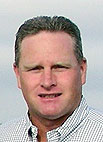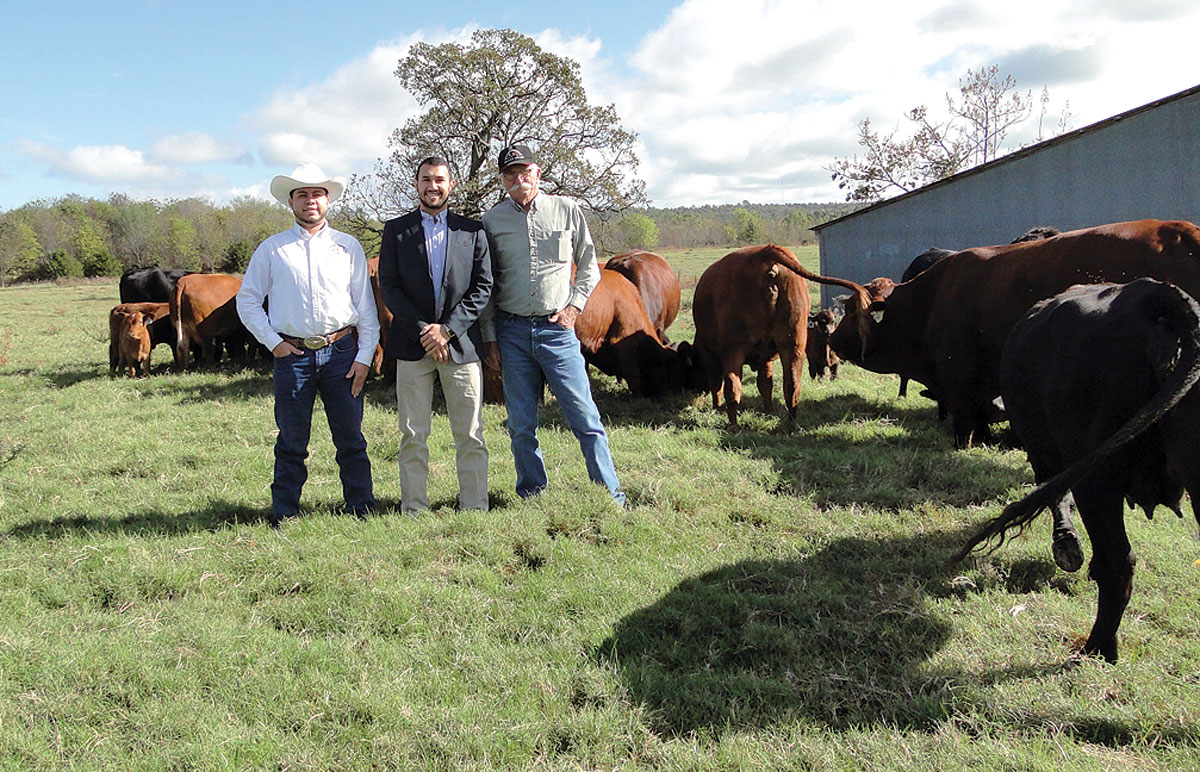
The market hogs industry has changed tremendously since the days before. No more are the days of hand feeding, carrying water and digging wallows to help keep the hogs cool on hot summer days, stated Sam McKenzie.
Sam and wife Lesa, know just what it takes to grow market hogs in today’s demanding market. For the past 15 years the McKenzies have owned and operated a 500 hundred sow facility southeast of Poteau, Okla., in eastern LeFlore County. They are contract growers for Cargill Pork, one of the largest pork producers in the U.S.
Sam explained that their farm is a “farrow to wean” operation, meaning that the piglets are kept on the farm from birth until they are weaned at three weeks of age and then shipped to the next stage of their lives which is a nursery facility. The piglets will be kept in the nursery facility for a period of two months before being shipped to a finishing facility, their final stop before being shipped to the market.
This operation essentially begins here in the b & g (breeding and gestation) barn. This is where the new gilts, open sows and a couple teaser boars are housed. The sows and young gilts will actually be bred by artificial insemination. The teaser boars are only used to bring the sows in season, explained Lesa. The sows will go through four phases or moves in the b & g barn. During this time the sows will be closely monitored and records kept on each individual sow, beginning as an open sow. After being artificially inseminated the sow will be moved to a section of the barn where she will wait a few weeks before being preg. checked. From there she will move on to the mothers in waiting section and will remain there until just before farrowing.
At this time she will be moved to the farrowing barn. This barn is built and equipped just for farrowing. The farrowing stalls are roomy enough for the sow to maneuver and built with safety features to protect the little piglets when momma lays down to rest or nurse them.
While the sows are in the b & g barn they are fed a ration of high fiber grains, then later while in the farrowing barn the ration will change to high protein grains.
The barns are completely automated, including automatic waterers for each sow. Each barn has water misters and fans installed to aid in the comfort of the sows in warmer weather. The hogs are in a controlled environment at all times. Temperatures are kept at a comfortable level for mother and baby.
The McKenzie hog operation receives a shipment of six month old gilts every three weeks, weighing in at approximately 280-300 lbs., at this time the gilts are given a broad spectrum vaccination to counter act any disease they may have come in contact with while in transit. The sows are kept on the farm on an average of 3 years and are then shipped to market. During the 3 years the sows are on the farm they will have averaged 2-3 litters of piglets a year. There are new gilts coming on the farm and old sows being shipped to market every three weeks. There will be an average of 200 piglets shipped weekly to a nursery facility.
Sam and Lesa have recently installed an in-vessel composter system, the only one of it’s kind in LeFlore County at the time of installation. The composter disposes of waste in a natural and humane manner and eliminates odor and disease. Currently, many dairy, poultry and horse farms use in-vessel systems.
Sam and Lesa pointed out that farming, whether it is pork, beef or poultry is hard work and the hours are long, “more like 24/7/365,” and the expense is tremendous. “Pork is the No. 1 most consumed meat in the world and the United States is the world’s lowest cost pork producer and also the largest exporter of pork,” said Sam. It’s producers like Sam and Lesa that help provide an affordable food industry in our county.







